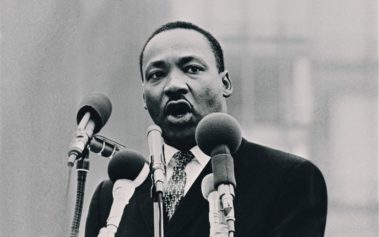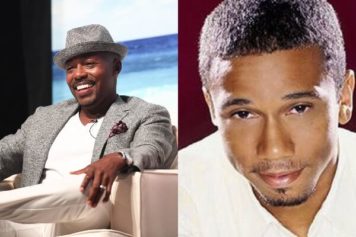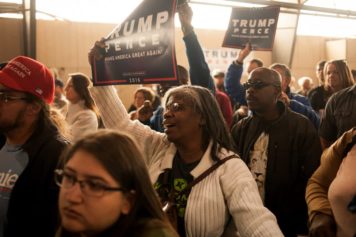The nation’s first black public high school, Paul Laurence Dunbar High, opened its doors in Washington, D.C., in 1870. But more than 140 years later, Dunbar — like many urban schools — has fallen on hard times. The crumbling, brutalist-style building is often described as a prison, and graduation rates hover around 60 percent.
But it wasn’t always that way. Once upon a time, the yearbook read like a Who’s Who of black America.
“It’s really amazing because we’re talking about people who literally changed America, who changed the United States,” journalist Alison Stewart tells host Audie Cornish on NPR’s All Things Considered. “The architect of school desegregation, Charles Hamilton Houston, was a Dunbar graduate. Elizabeth Catlett, the artist. Billy Taylor, the jazz musician. The first black general in the Army. The first black graduate of the Naval Academy. The first black presidential Cabinet member. The lists go on and on.”
Stewart, whose parents attended Dunbar, traces the history of the school in her new book . She tells Cornish she believes that Dunbar can serve as a model for urban schools today.
Interview Highlights
Cornish: You take us back into the 1860s … and in those days in Washington, D.C., what makes this place a fertile ground, actually, for the education of blacks?
Stewart: “It’s so interesting to think that — not interesting — it’s so stunning to think that in the South, before the Civil War, you could have a finger cut off if you were caught trying to learn to read if you were a slave. But Washington, D.C., while there weren’t any schools for blacks, they weren’t going to stand in the way of blacks getting an education.
“So as early as 1807, these small schools started popping up in churches and homes. A lot of Quakers came down from the North to Washington. They understood that this was a place where there was an opportunity to lay the groundwork for what turned into a pretty spectacular education system for black Americans…”
Read the rest on this story on NPR


